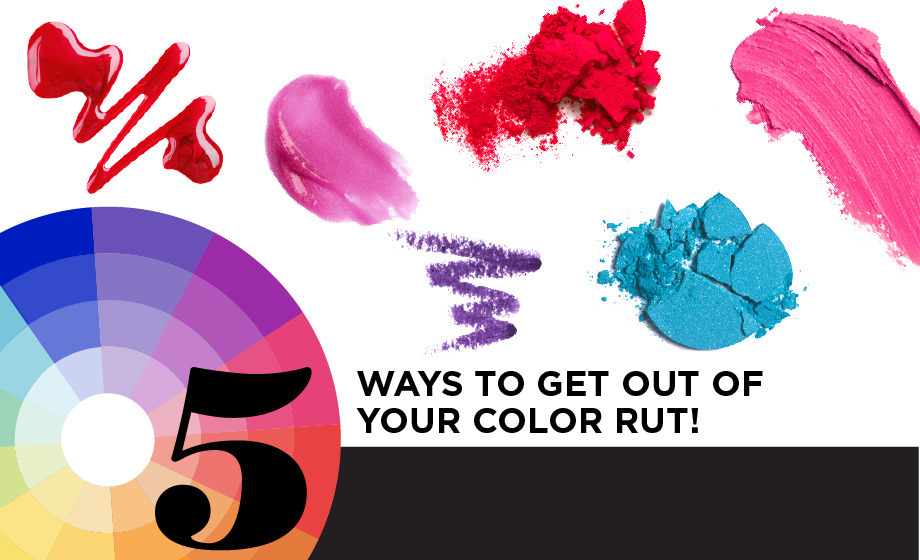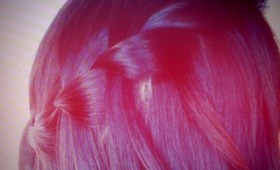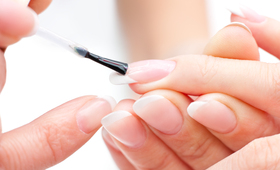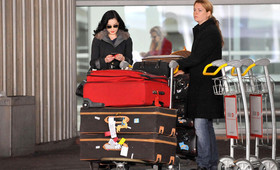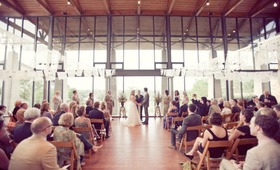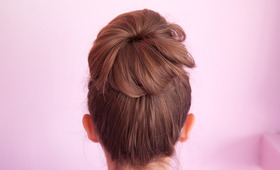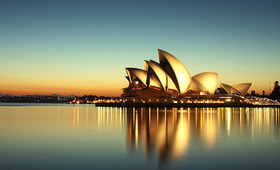- NEW: Earn free store credit with Beautylish Rewards.
- Ship To: | EN
-
Contact Us

Our customer service team in the US is ready to assist you.
Monday - Friday
7 AM – 4 PM PTSaturday
7 AM – 4 PM PT
- Login
- Join
- Your Bag 0
- Terms of Service
- Privacy Policy
- Copyright Policy
- Cookie Policy
- Do Not Sell or Share My Personal Information
- © 2024 Beautylish, Inc. All rights reserved.



